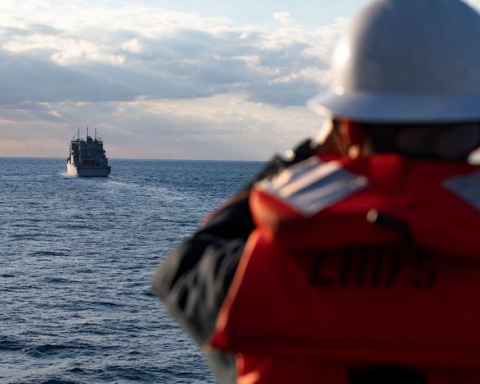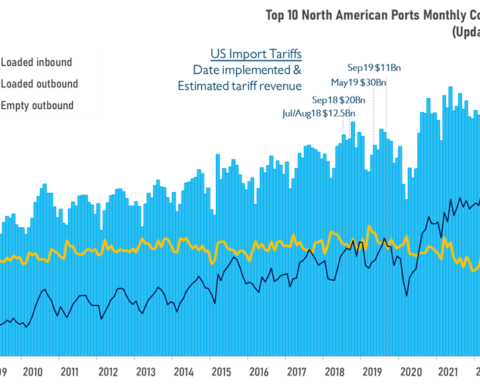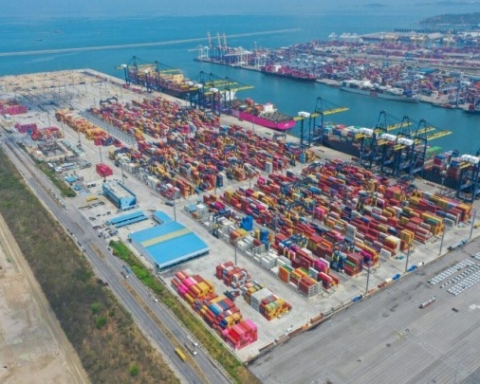Many years before the African Union (AU) was set up, the late former president of Burkina Faso H.E. Thomas Sankara, assassinated in 1987 and referred to by many as ‘the African Che Guevara’, envisaged the creation of a single African market: “Let’s make the African market, the market of Africans. Produce in Africa, transform in Africa and consume in Africa. Let’s produce what we need and let’s consume what we produce instead of importing”.
In 2013, the African Union launched a project called ‘Agenda 2063: The Africa We Want’ to map out Africa’s development over the next 50 years and achieve transformative results for the continent’s population in both quantitative and qualitative terms. The pan-African vision of the continent is depicted in the e-mail from the future (‘e-mail du futur’) entitled ‘Unité africaine’, published on the African Union website, sent by the then President of the Commission to a hypothetical citizen in 2063 (named Kwame).
One of the highlights of Agenda 2063 is the African Continental Free Trade Area (AfCFTA), which, with its coming into force in May 2019, became the world’s largest free trade area, in terms of member states, after the World Trade Organization. A few figures: the AfCFTA has been signed by 54 of the 55 African states (with the sole exclusion of Eritrea), now unites over 1.3 billion people (which, according to a Eurostat forecast, should become 2.5 billion by 2050) with the continent’s combined GDP expected to reach $3.4 trillion. The World Bank has estimated that AfCFTA will increase Africa’s income by $450 billion by 2035 by boosting intra-regional exports by over 81% (which are currently only 16.6%, a percentage that puts Africa far below Europe, America and Asia and just above Oceania).
AfCFTA’s objective is to set up a single continental market for the free movement of goods, services and investments. The project envisages a 3-phase development with a series of memorandums on specific topics: Phase 1 will include the ‘Trade in Goods’ Memorandum, the ‘Trade in Services’ Memorandum and the ‘Dispute Settlement Mechanism’ one; Phase 2 will include five documents, including one on investment, while Phase 3 will cover e-commerce.
The road map to the single continental market foresees, first of all, eliminating tariff barriers. AfCFTA envisages the progressive liberalization, with different timeframes, of 97% of intra-African tariffs on trade in ‘non-sensitive’ (Category A) and ‘sensitive’ (Category B) goods. Only 3% of tariffs (Category C) will be excluded from the liberalization process for reasons related to food safety, national security, fiscal issues or the industrialization process of individual nations.
The challenge is to also eliminate non-tariff barriers (NTBs) between states (such as import bans, unjustified phytosanitary, packaging or labelling requirements, procedural delays at borders, etc.) which currently have a far greater impact than tariff barriers. The integration process will then move on to increasing cooperation on goods origin regulations, which should lead to a future customs union.
In October 2022, the AfCFTA project’s pilot phase kicked off with the Guided Trade Initiative involving eight nations representing key continental areas and 96 product categories (including many foodstuffs such as tea, coffee, nuts, sugar and pasta) which were given a preferential tariff to facilitate free trade and develop the value chain.
The Treaty setting up the continental free trade area does not ignore the differences and various degrees of development among Member States. Adopting the variable geometry approach, it delineates a differentiated multi-speed integration model that allows asymmetries in the integration framework to persist in order to protect the most fragile economies. In short, union and integration first, “whatever it takes.”
The desire to create a truly impenetrable continental bloc also transpires from Articles 18 and 19 of the AfCFTA establishment agreement, which stipulate that member states shall not grant third states (i.e. non-African states) more favourable trade and economic conditions than the ones they stipulated among themselves. This equal treatment principle will be the golden standard for future Foreign Direct Investment (FDI). Italy and its logistics sector can either stand by and watch or they can start gearing up to become the gateway to Europe for the new sub-Saharan (and not only) manufacturing.
The route to achieving that single, continental, ‘by Africans for Africans’ market for trading ‘made in Africa’ products now seems to be mapped out. At such an ephemeral time in history, when phrases and thoughts vanish the moment they are posted or clicked, let us hold on to these very powerful words, of the great father of Pan-Africanism H.E. Thomas Sankara: ‘to achieve radical change, one must have the courage to invent the future’. Yes, Africa has been brave enough to invent its own future.
Translation by Giles Foster




